|
By now, it should be no surprise that Bishnu Ghosh was a weightlifter. He was largely influenced by Eugene Sandow, considered to be the father of modern bodybuilding. We see much of Ghosh’s weightlifting influence not only by his emphasis of physicality in asana practice, but also in the terminology used by his students. This is most notable in the use of the ever debatable term “lock the knee” and the constant focus on muscle contraction and relaxation.
Bishnu wrote in this 1930 publication Muscle Control and Barbell Exercise (co-written by Keshub Ch. Sen Gupta and available here), that he was quite thin in his youth. After studying weightlifting, he had the chance “to see Mr. Chit Tun controlling his huge and shapely muscles.” That was the beginning of Bishnu's interest in Chit Tun's teachings. Walter Chit Tun lived in Calcutta and was a leader of the physical culture movement. The influence he had on Bishnu and Sen Gupta was so pronounced that they even borrowed the title “Barbell Exercise” from Chit Tun’s book to use for their own publication. Chit Tun explained in his book that “quick movements will never develop and increase the muscles to any great extent” and “in order to obtain full contraction, the movements must be done in a slow, concentrative manner.” Later, in detailed instructions for what he called Exercise V (pictured above): “Pause for one or two seconds. Now rise slowly to original position breathing in at the same time." Sound familiar to any of you Utkatasana practitioners? Then: "When the knees are locked, contract the muscles of the thigh very strongly for two or three seconds.” Sen Gupta borrowed much of this for his collaborative book with Bishnu. He instructed, “come back again to the original position where you are to contract and then relax your thigh muscles. Breathe out when you sit down and breathe in when you stand up this will develop your thigh muscles.” And finally, “No. of times to be taken — 20 Twenty.” Bishnu explained in the muscle control section of their book, that “one should have big muscles before he starts controlling. Much has already been said about the development of muscles in the previous part” referring to the barbell exercises section. Then notably, before instructing individual muscle control techniques, he instructed: “Raise your body on your toes, thus contract your calf muscles. Next contract the thigh muscles and gluteus maximus…Now try to contract all these muscles simultaneously and wait for sometime in the contracted position and try to find out if there is any muscle left uncontracted.” While many yogis have either ditched the use of barbells or never taken to them in the first place, our practice is still deeply immersed in the development of muscle contraction and relaxation. This is an integral part of asana practice in the Ghosh lineage and should be embraced both for its historical roots and the positive effects it has on physical health.
5 Comments
Matt Newman
4/11/2019 10:57:57 pm
Interesting background. B.K.S Iyengar also used the term “lock the knee” and there is extensive emphasis on this in a more refined/detailed manner in the Iyengar teachings across many many different asana.
Reply
jillian
10/17/2023 01:59:50 pm
i wouldnt be surprised if Iyengar was also interested in the virility of weight lifting since he was frail as a youth. the parrels between the two are pretty wonderful :)
Reply
Dore Forman
6/30/2020 12:59:26 pm
It's true, you can only have control over contracting those muscles after you really get to know them through a lot of practice. It feels so incredible to get to that point!
Reply
David Black Mastro
10/29/2021 04:36:25 am
Sandow had a substantial influence on Indian physical culture. His publications were available in India from the late 19th century onwards, and his tour of the country in 1905 sealed the deal. Ghosh was not the only yoga instructor who was influenced by Sandow. Shrimant Balasahib Pandit Pratinidhi, the Raja of Aundh (who popularized the practice of the Sun Salutation in modern yoga), trained in Sandow's system for many years. K. V. Iyer was also influenced by Sandow.
Reply
Aaron
2/22/2022 06:32:48 am
In Bishnu Ghosh book he never talked about how many sets to do, he only mentioned reps.
Reply
Leave a Reply. |
AUTHORSScott & Ida are Yoga Acharyas (Masters of Yoga). They are scholars as well as practitioners of yogic postures, breath control and meditation. They are the head teachers of Ghosh Yoga.
POPULAR- The 113 Postures of Ghosh Yoga
- Make the Hamstrings Strong, Not Long - Understanding Chair Posture - Lock the Knee History - It Doesn't Matter If Your Head Is On Your Knee - Bow Pose (Dhanurasana) - 5 Reasons To Backbend - Origins of Standing Bow - The Traditional Yoga In Bikram's Class - What About the Women?! - Through Bishnu's Eyes - Why Teaching Is Not a Personal Practice Categories
All
Archives
May 2024
|

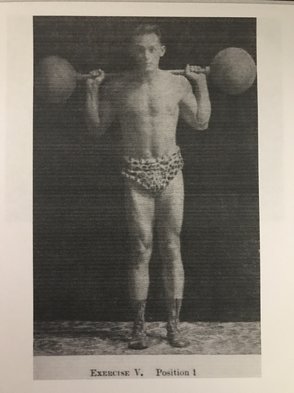
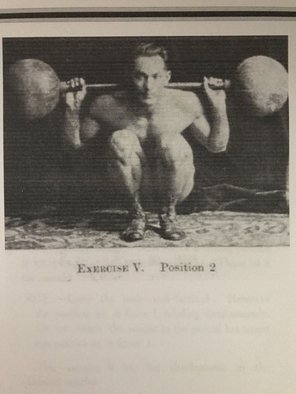
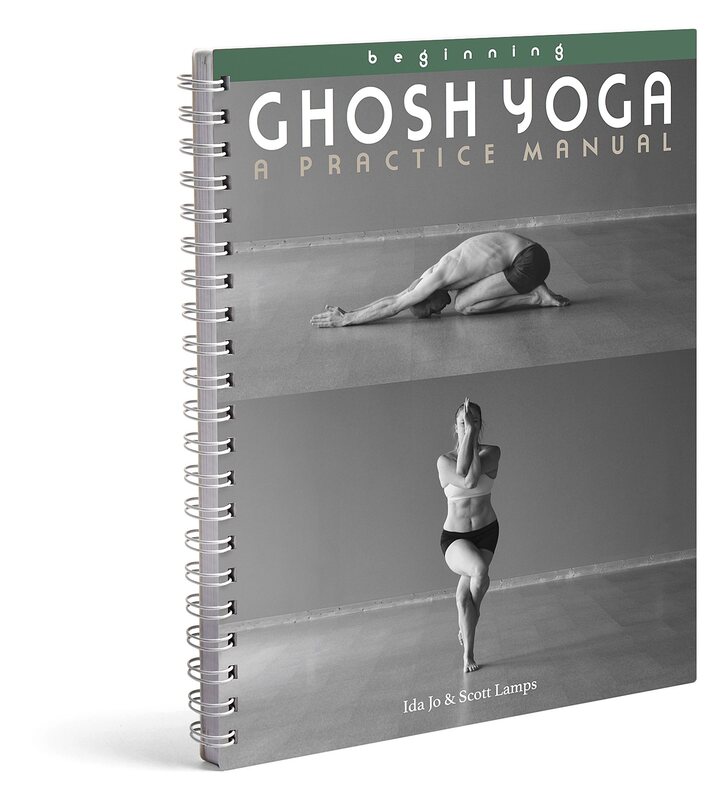
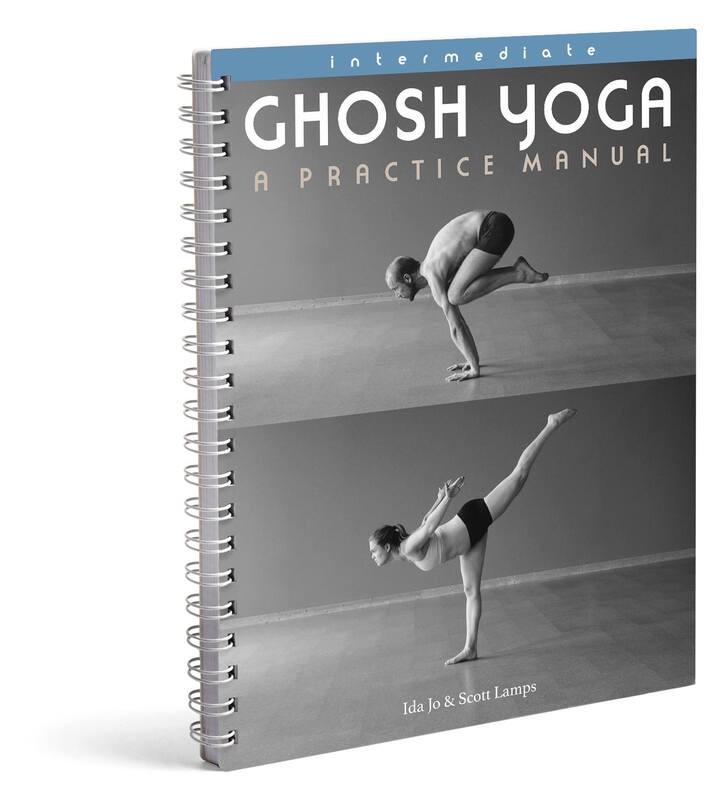
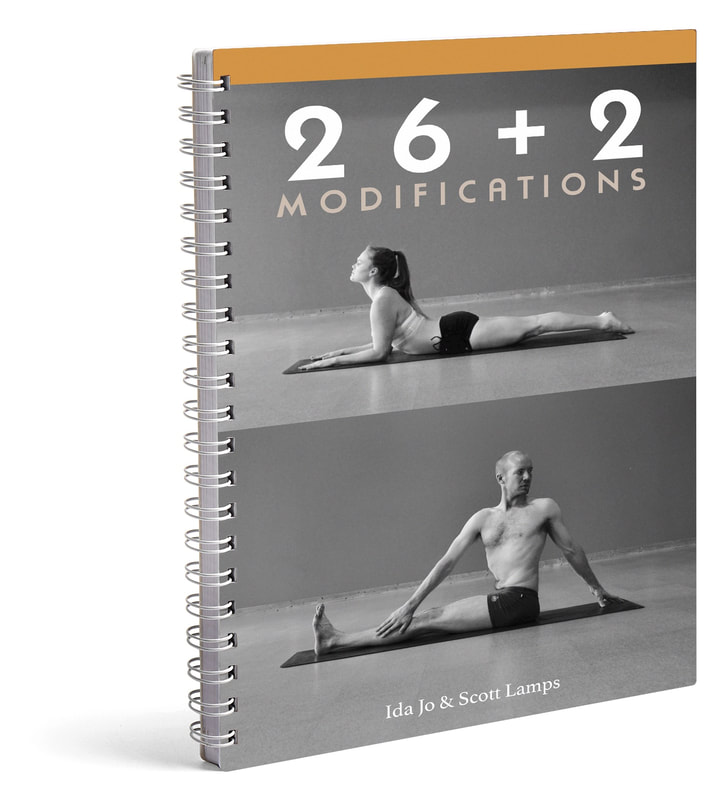
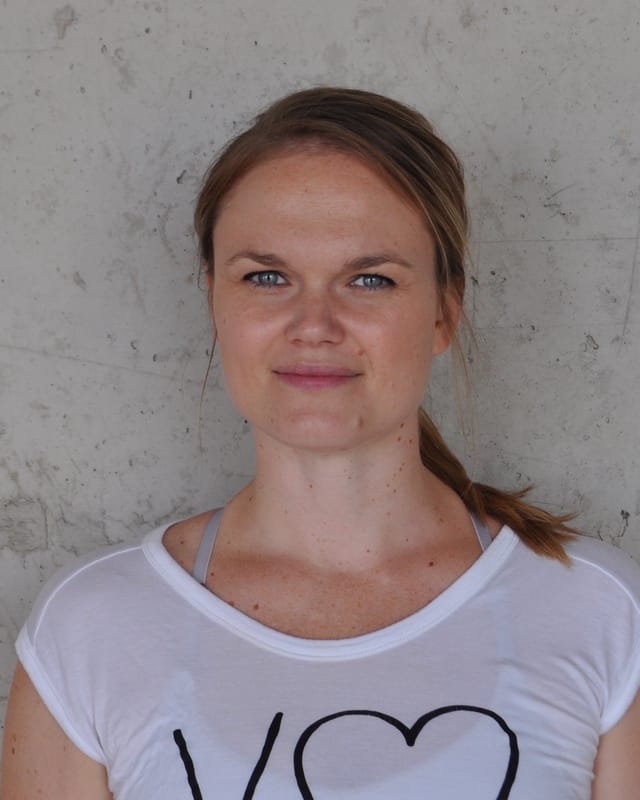
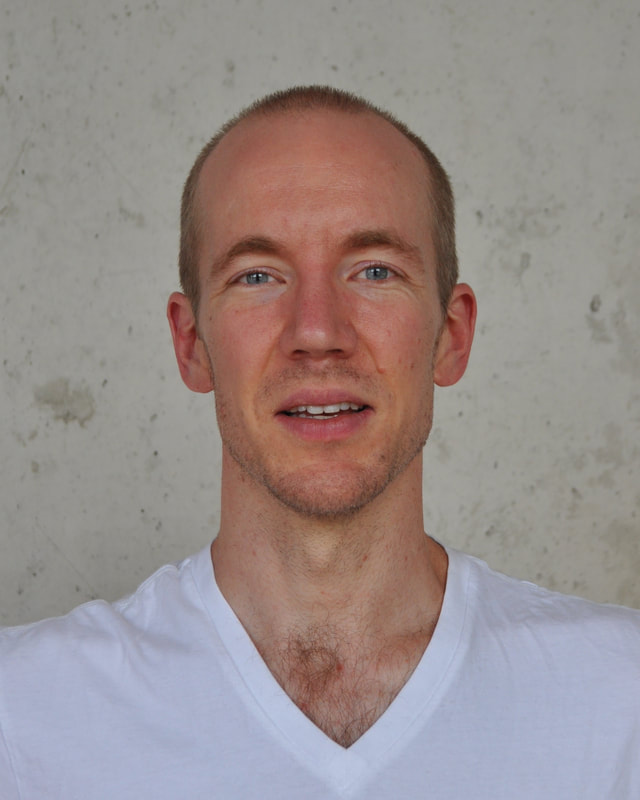
 RSS Feed
RSS Feed